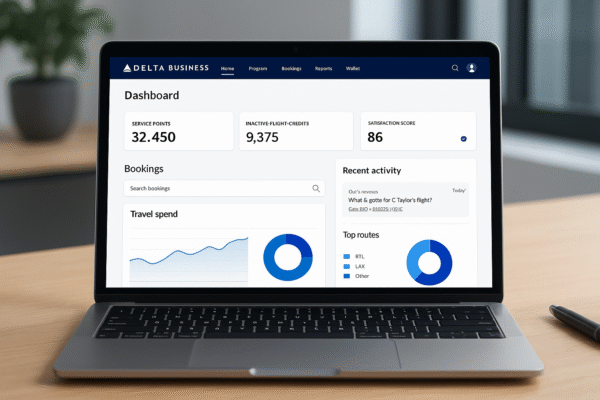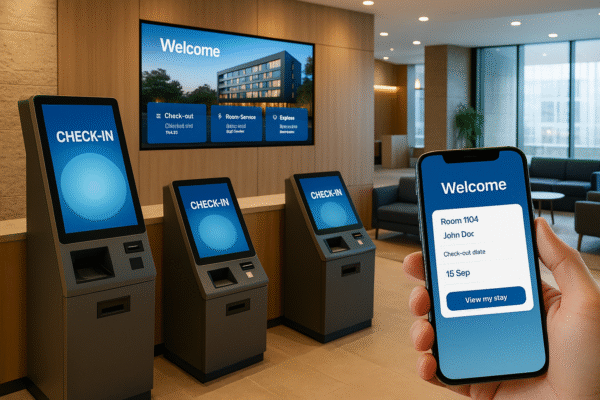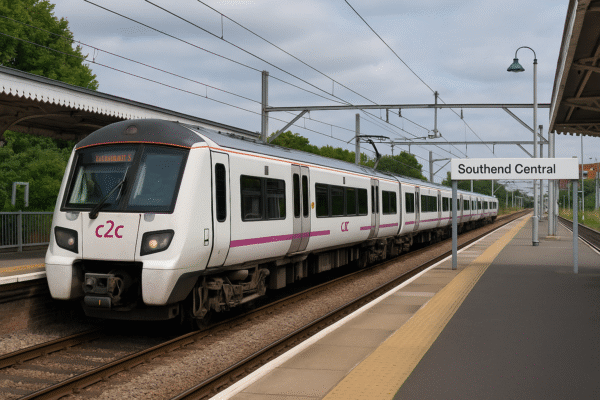In a landmark move that reshapes Britain’s rail landscape, the UK government has officially brought the C2C rail line into public ownership under the Department for Transport Operator (DfTO). The transfer, effective as of Sunday, makes C2C the second train service to be nationalised since the Labour Party’s return to power in May. As part of a broader vision for a unified national railway system under the forthcoming Great British Railways (GBR), the government has underscored the benefits of this transition not only for commuters but also for the tourism industry across South Essex.
The C2C line connects London Fenchurch Street with popular coastal and leisure destinations in Essex, including Southend-on-Sea, Tilbury, Grays, Basildon, and Leigh-on-Sea. With the railway now publicly operated, the government aims to deliver a more coherent and reliable experience for travellers while laying the foundation for stronger regional tourism growth.
Seamless Travel for Visitors: Public Ownership and Tourism Alignment
Public ownership might once have sounded like a political soundbite, but for the millions of tourists navigating the UK’s often-confusing web of train operators, it promises a streamlined and visitor-friendly future. Gone are the days of fragmented ticketing systems and disjointed service providers. Instead, travellers heading to the coast from the capital will soon benefit from:
- Unified digital ticketing across all routes
- Simplified timetables and journey planning
- Consistent branding and station services
- Real-time travel updates from a single platform
This streamlined structure under GBR will particularly benefit international tourists and families looking for easy access to leisure destinations such as Southend’s iconic pier, seafront amusement parks, and sandy beaches.
Southend-on-Sea: A Rising Coastal Destination
With over 7 million day-trippers annually (Visit Essex, 2024), Southend-on-Sea has long been a favourite for quick seaside escapes. But fluctuating train services and inconsistent scheduling have historically limited its full tourism potential. Under public control, improved rail connections are expected to support:
- Greater weekend and holiday train frequency
- Enhanced accessibility for travellers with disabilities
- Coordinated travel and tourism packages
- Marketing tie-ins with local attractions and events
“We’re putting passengers and places first,” said Transport Secretary Heidi Alexander. “Whether it’s a beach stroll in Southend, a shopping trip at Lakeside, or a family day in Leigh-on-Sea, our railways are now aligned with the needs of the communities and the tourists who support them.”
Essex Destinations Set to Thrive
Beyond Southend, destinations along the C2C line are poised to benefit from better exposure and connectivity. Towns like Grays and Tilbury, with their maritime heritage, could tap into cruise tourism and day-trip visitors from London. Meanwhile, Basildon and Leigh-on-Sea are expected to appeal to cultural tourists and families seeking stress-free coastal breaks.
According to Essex County Council’s Tourism Strategy 2024-2029, improved rail links remain a key pillar for growing the county’s £3.5 billion tourism economy. With consistent services, these areas could see increased footfall, overnight stays, and tourism spend.
Digital Revolution for UK Rail Travel
Under GBR, passengers can expect more than just upgraded services. A single digital platform is in development to unify:
- National rail ticket sales
- Timetable and delay notifications
- Transport integration with buses, ferries, and bikes
This move is crucial for international visitors unfamiliar with Britain’s traditionally segmented system. It also aligns with government-backed smart mobility goals outlined in the Department for Transport’s “Future of Rail” 2024 White Paper, which highlights the need for “customer-first, tech-enabled travel experiences.”
Economic and Community Impact: Tourism as a Catalyst
With tourism accounting for over £250 million in annual revenue for the South Essex region alone, revitalising rail access is more than a transport story—it’s an economic catalyst. Improved services on the C2C line are expected to:
- Spur growth in hospitality and retail
- Support small businesses along the route
- Drive off-season tourism during school holidays and events
- Attract new investment in rail station infrastructure and nearby attractions
A recent Transport Focus report (2025) revealed that rail reliability is among the top three factors influencing domestic travel choices. Thus, consistent service will help rebuild confidence in rail-based tourism.
Looking Ahead: Greater Anglia and UK Rail’s National Shift
The renationalisation of C2C is part of a broader UK trend. Following the South Western Railway nationalisation in May and with Greater Anglia set to join on October 12, 2025, Britain is steadily returning to a public rail model after decades of privatisation.
Trenitalia UK, which had operated C2C since 2017, issued a statement accepting the transition and highlighting its “pride in improving performance” under difficult industry conditions. Notably, C2C ranked 6th highest for passenger satisfaction among 22 UK train operators, with an 89% approval rating—a strong foundation for GBR to build upon.
Challenges and Cautions: Avoiding Past Pitfalls
While the mood around nationalisation is cautiously optimistic, the government faces hurdles:
- Avoiding inefficiency associated with former public rail entities
- Balancing taxpayer value with long-term investment
- Upgrading aging infrastructure and train stock on tight budgets
Still, proponents argue that public ownership offers flexibility in delivering broader social goals, including reducing transport-related carbon emissions and creating a more inclusive tourism environment.
Conclusion: A New Era of Tourism-Driven Rail Policy
With C2C’s transition, the government sends a clear message: transport policy is no longer just about moving people—it’s about empowering places. By making rail more accessible, consistent, and integrated with local attractions, the UK is laying the track for a tourism-friendly future.
Whether it’s the ease of hopping on a train to Southend or planning a scenic journey through the Thames Estuary, the renationalisation of the C2C line could mark the dawn of a golden age for UK domestic tourism—with rail as its backbone.


















